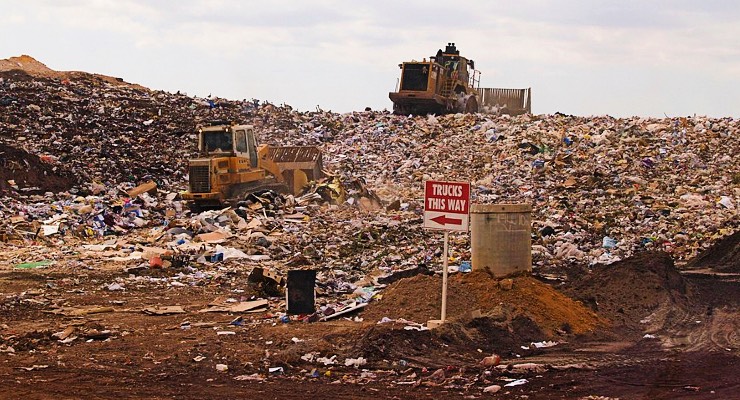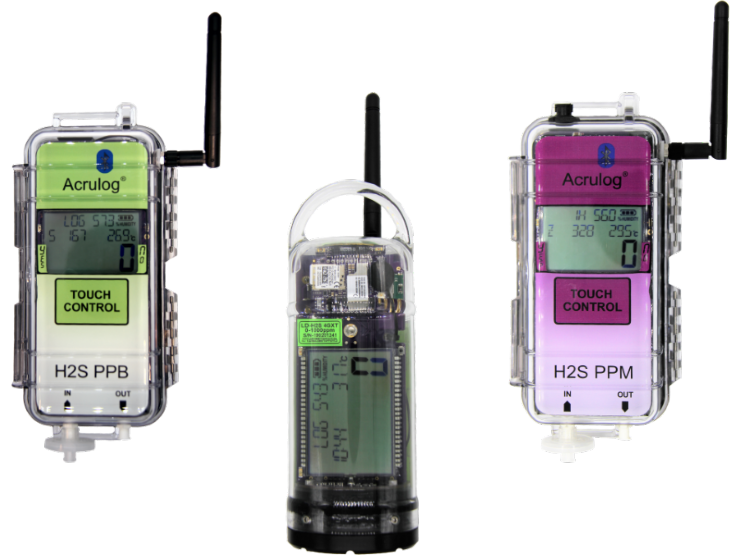
Residents of a new subdivision next to a landfill complained of foul smells. Here’s how we traced and quantified this odour nuisance.
A New Zealand council recently received numerous odour complaints from residents of a new subdivision who live adjacent to a landfill.
Nuisance odours can be really problematic to trace – they can vary in intensity and are noticed more by some people than others.
According to this source, the degree to which an individual reacts to an odour nuisance can depend on…
- How often the nuisance odour occurs.
- How long the odour hangs around. Is it transitory or constant?
- The time of day, e.g. some odours may only occur during standard work hours and be considered less of a nuisance.
- The character and intensity of the odour. For example, strong baking smells from a food factory might be considered pleasant, whereas milder concentrations of a pungent, irritating smell that leaves a sour taste might be considered highly offensive.
- Location of the odour. For example, if a foul smell invades your home you would likely consider it to be a nuisance odour. But smelling the same odour as you walk your dogs alongside an oxidation pond might be described as “not ideal, but acceptable”.
Sensitivity to odour can also vary according to a person’s…
- Age
- Perception/view of the emitter
- Mental state
- Other compounding issues (such as stress at work or home)
- General state of health and wellbeing.

How to get data on an odour nuisance
In order to establish some factual data, the council rented several of our Acrulog™ H2S gas data loggers and deployed them at different locations to monitor H2S levels. Readings were downloaded and a log of levels studied over different ambient weather conditions.
In addition to the 0-50 ppm gas data loggers, an Acrulog H2S Parts Per Billion monitor (PPB) was deployed at the residential properties. This instrument has greater sensitivity, as H2S odour (the well-known rotten egg smell) is noticeable at low concentrations of 0.01 to 5 ppm.
The logged data from all monitors was easily downloaded via Bluetooth® wireless technology and viewed in the custom graphing and data analysis software. Over time, this highlighted a probable source of the odour nuisance.
Changes in operations at the landfill were made to remediate the probable odour nuisance.
Logs from the PPM monitor installed in neighbouring houses were correlated with the source of the nuisance odour and the remediation efforts.
More nuisance odour surveys planned
Based on the success of this case, the council plans further surveys during the coming months to examine possible trade waste resource consent issues.
Other typical deployments of our Acrulog H2S data loggers are…
- Fence line monitoring
- Plant perimeter monitoring
- Scrubber outlet monitoring
- Environmental odour control studies
Acrulog standard H2S models feature built-in sample pumps and internal batteries. Optional outputs include 4-20mA, RS485, 4G LTE-M or NB-IoT.
External power input is available and included with the 4-20mA or RS485 waterproof cable (5-24VDC).
Entec has rental instruments available and can supply new instruments with very short lead times.
Both new and rental instruments are supplied with a traceable calibration certificate.
Our technicians can assist in deployment and downloading of data.
Warning: Do not rely on the sense of smell to indicate the presence of H2S or to warn of harmful levels. Whilst odorous at low concentrations (0.01 – 5 parts per million, ppm), H2S can rapidly overwhelm the olfactometry system and not be perceptible at higher, dangerous concentrations. This is important because a person might falsely think that H2S is no longer present; this may increase their exposure risk to air levels that may cause serious health effects. High-level exposure (> 50 – 100 ppm) to H2S can cause unconsciousness and death. (Source: ESR)
For help with tracing and quantifying an odour nuisance, give us a call…
- Fill out the “Enquire Here” form below
- Ph (06) 758-3030 ext 2 » (click to call)
- Email us »
- Visit our Contact page »


